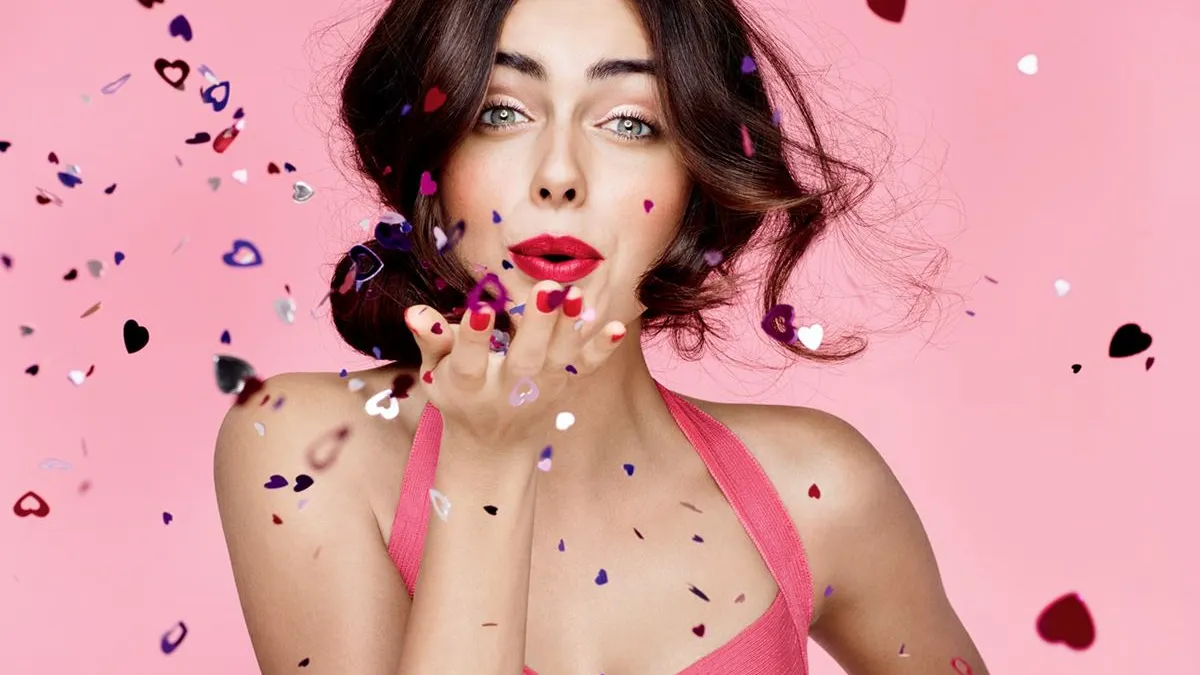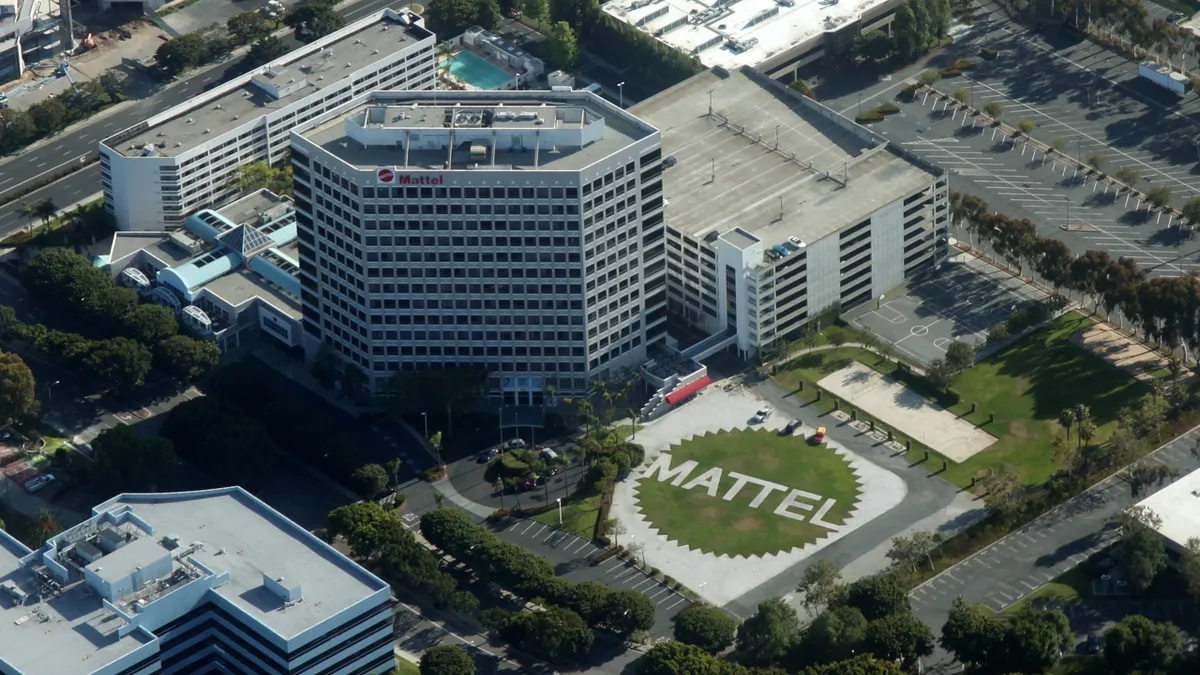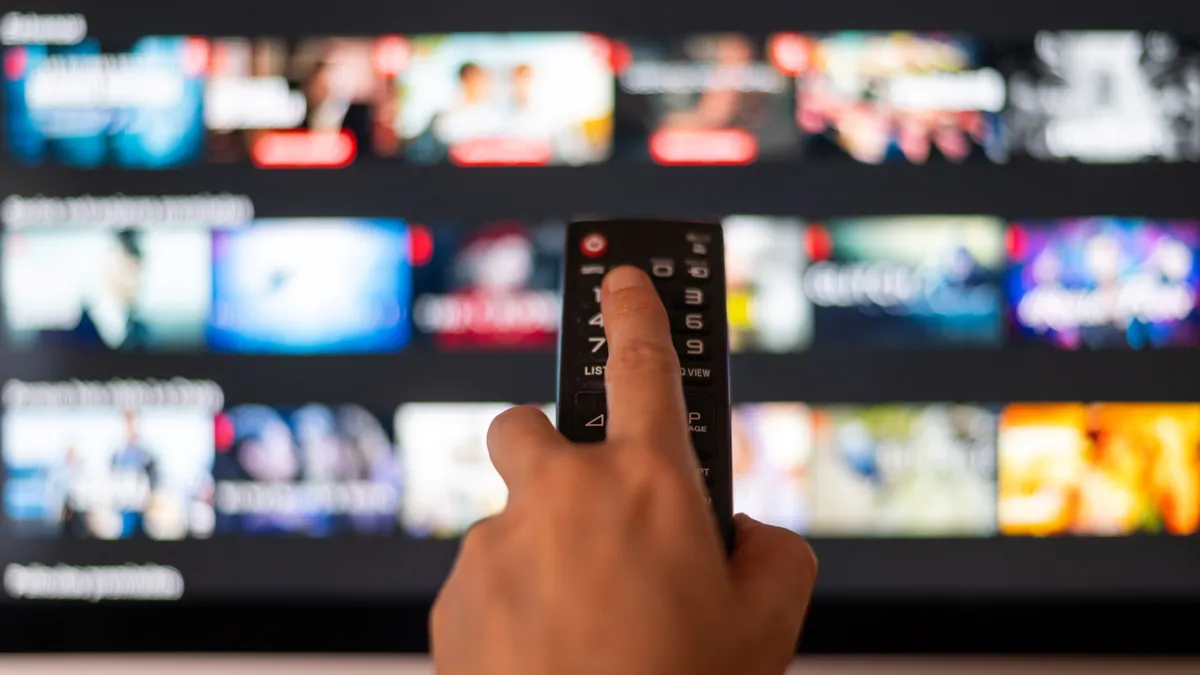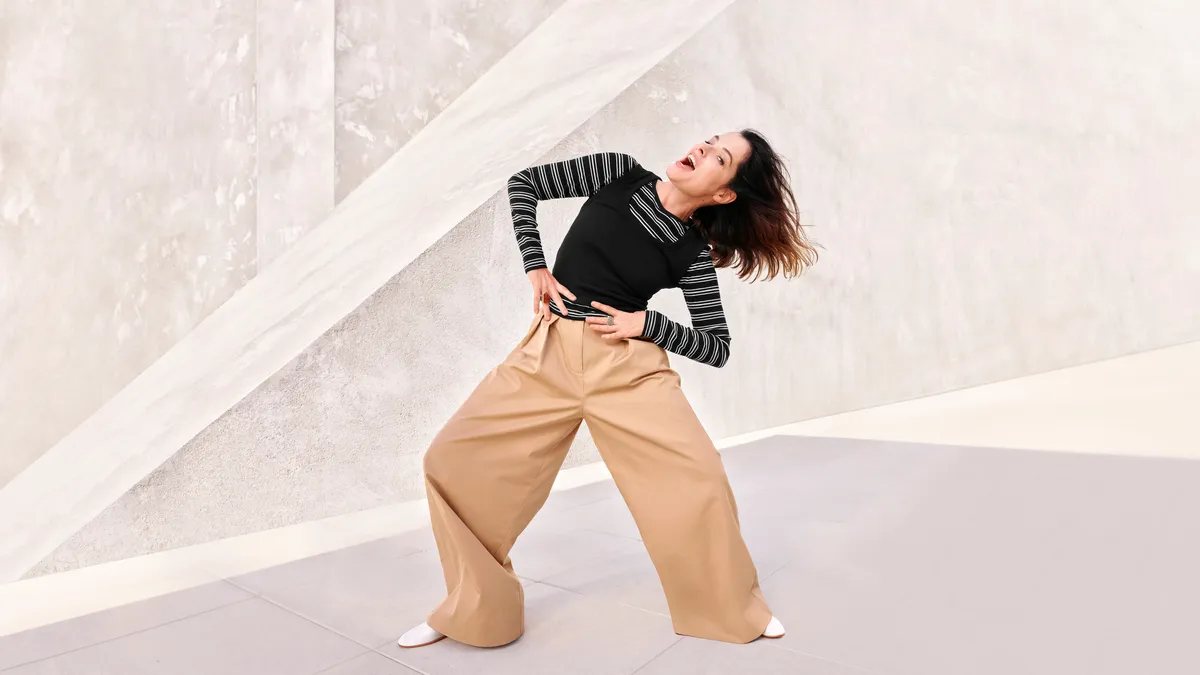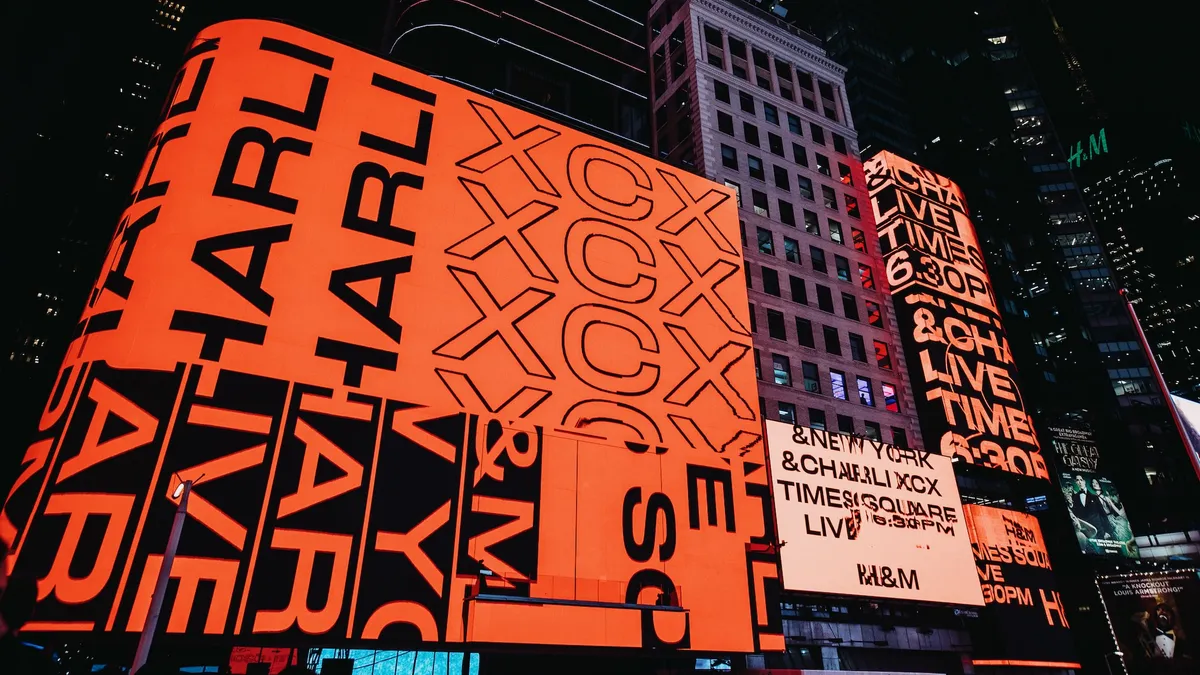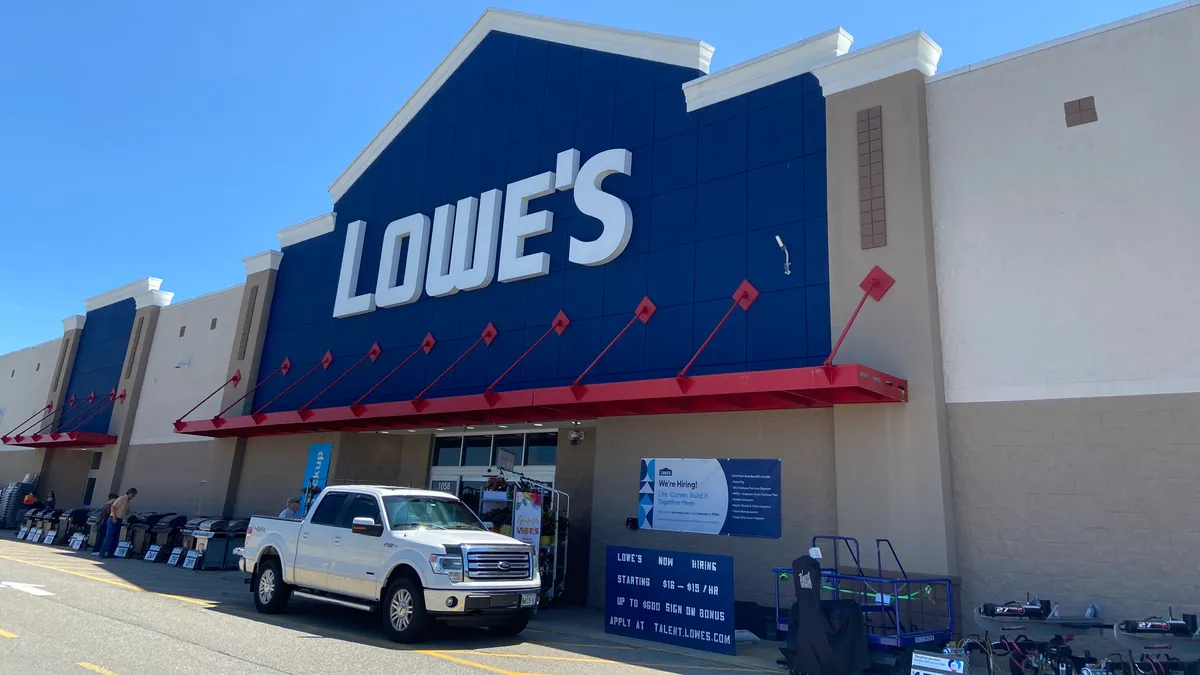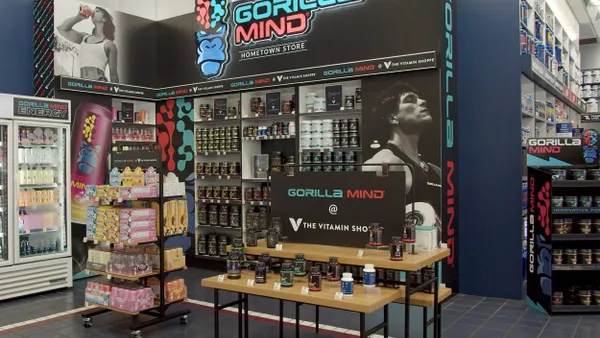As turmoil in the retail industry rages on, the beauty segment's relatively rosier picture coincides with marketers in the space eagerly jumping at a range of innovative new technologies.
While a significant number of store closings have been announced so far in 2017, the retail segment is faring better than many. Ulta Beauty’s quarterly net sales increases have topped 21% dating back to the third quarter of 2015 while LVMH Moët Hennessy Louis Vuitton-owned Sephora notched double-digit gains in profits and revenues last fiscal year. And beauty departments have been relative bright spots at department stores and drugstores. Overall, the global beauty market is projected to register a 4.3% annual compound growth rate from 2016 to 2022 to reach nearly $430 billion, according to Allied Market Research.
Millennials’ fascination with makeup — they’re the heaviest buyers of beauty products — and the persistence of in-store shopping despite the encroachment of e-commerce have been critical to the beauty industry’s resilience. But the success of beauty retailers and brands is also fueled by efforts to seek out customers beyond the confines of brick-and-mortar. Following the lead of beauty enthusiasts who’ve flooded Instagram and YouTube with Kardashian lookalike images and how-to videos, marketers have been shifting their marketing strategies from traditional to digital and experimenting with emerging technologies from customer-service chatbots to virtual reality and 360-degree video.
In one recent example, nail polish purveyor Orly gave beauty consumers a peek into its facilities with a 360-degree video available on the Facebook page PS I Made This.
“We wanted to give an immersive experience of our factory and lab to the viewers,” Shanee Pink, creative director at Orly, told Marketing Dive. “Three sixty lets the person watching get to choose what part of the room they want to look at and therefore it feels more like they are there in reality.
“Everyone's looking for new and exciting ways to tell stories and to experience what other people and brands are up to," she added. "Three sixty is a step forward into VR which is the way of the future in entertainment.”
Here, Marketing Dive investigates some of the recent digital campaigns and advancements moving the needle in the beauty business.
Influence peddling
Influencers have greased the wheels of the beauty industry, providing trusted conduits between brands and customers as brand loyalty and faith in salespeople erodes, and ad blockers proliferate. The power of influencers is so great in the beauty business that a collaboration with a single YouTube personality — Jaclyn Hill — transformed the sleepy brand Becca into a hot commodity, leading to it being acquired by Estée Lauder.
Big influencers continue to be a major force, with many leading brands building relationships, including P&G's SKII, makeup brand Laura Mercier, skincare specialist First Aid Beauty, L’Oreal, BareMinerals and MAC Cosmetics which roped in 10 well-known influencers to develop lipsticks.
Micro-influencers are the segment du jour, though. With audiences of typically less than 100,000 followers, they’re comparatively inexpensive and promise more engagement than prominent social media stars. Origins selected nine such small influencers for its #MyPerfectWorld campaign to promote the expansion of its skincare range A Perfect World directed at women aged 24 to 35.
E.L.F. Cosmetics has built a community of 50 micro-influencers in its Beautyscape program that’s lifted thge brand's Instagram following by 25%. The nail polish brand Julep has gone microscopic with its micro-influencer relationships by linking with its best customers to be brand ambassadors and communicate about launches through their networks.
The augmentation of augmented reality
A key reason why beauty shoppers haven’t fled stores is that it’s difficult to get a sense of whether makeup works for a particular face without checking it out in person. However, beauty brands and retailers understand that not all shopping is done in stores and, even in stores, sales can be encouraged by try-on tools. That’s where augmented reality (AR) comes in. An early pioneer of AR in beauty, L’Oreal joined forces with Image Metrics on the virtual mirror Makeup Genius that’s drawn some 20 million users globally, and has unveiled the AR apps Nail Genius and Essie Dressing, too.
Shiseido and Microsoft Japan created the Telebeauty app to ensure women appear spiffed up when they’re video conferencing. Coty has unloaded a slew of AR apps, including Clairol MyShade for hair color, Rimmel Get The Look for makeup and Sally Hansen MiniMatch for nail polish. To enhance the retailer’s store environment, Sephora’s Virtual Artist app enables customers to play with lip colors, eyeshadows and false lashes prior to purchasing them.
In the AR beauty arena, a fierce battle has erupted behind the scenes between ModiFace and Perfect Corp.’s YouCam. Both are vying for brands and retailers with ModiFace’s capabilities firing up Sephora’s, Urban Decay’s, L’Oreal Professionnel and Clairol’s AR enterprises, and YouCam partnering with the likes of John Paul Mitchell Systems, E.L.F. and Estée Lauder, to name a few brands.
The pace of AR-related releases from YouCam and ModiFace is dizzying. Recent examples include ModiFace’s virtual makeup applications for live streaming via Facebook Live and YouTube Live, and YouCam’s beauty filters inspired by the Broadway musical “War Paint.”
Vibrant video and virtual reality
While AR has been widely adopted, beauty marketers are just starting to dabble in 360-degree video and virtual reality, which could transport customers to stores to peruse makeup aisles without being there and allow them to virtually interact with their favorite social media influencers. “There’s a ton of potential with VR in the beauty business,” Spencer McClung, executive vice president of media and partnerships at Ipsy, said in a Women’s Wear Daily article on VR. But VR’s spread in beauty has been stymied by smart eyewear’s expense and lack of coolness, and the narrow focus of VR to date primarily on gaming.
Still, demonstrations of VR and 360-degree video in beauty are mounting. Touted as the first of its kind, makeup brand Charlotte Tilbury premiered a virtual-reality film with Kate Moss connected to the launch of its fragrance Scent of a Dream. Natural personal care brand Burt’s Bees expanded beauty’s VR portfolio by collaborating with Google, Baldwin& and MediaMonks on a VR tour of the cabin where its founder Burt Shavitz lived.
Shoppable strides
Given how much beauty shoppers depend on social media — one study determined 66% of them turn to Instagram for inspiration — it’s no surprise that beauty brands have been pushing for shoppable social media ads. Sephora was a beta tester of YouTube’s shoppable ads in 2015 and, last year, Lancome was one of the first brands to produce Snapchat shoppable ads.
Now, mobile video shopping platform MikMak is upping the ante on social media shopping with a product dubbed MikMak Attach that connects Instagram Stories and Snap Ads to e-commerce sites. Beauty companies hopping on MikMak Attach are SheaMoisture, Beautyblender, Birchbox and Dr. Brandt. Digiday reported Dr. Brandt has seen a six-fold jump in direct sales conversion from Instagram Stories in 10 days with MikMak Attach.
Meanwhile, Sephora has its own Instagram Stories undertaking. The retailer is collaborating with online media outlet Bustle on branded Instagram Stories spotlighting its private-label Sephora Collection. According to Adweek, Bustle and Sephora packaged content under The Beauty Lab umbrella to run on Bustle’s website and Instagram account in the next month. Beauty consumers will be able to swipe across posts to buy Sephora Collection products.
The artificial intelligence quotient
In an industry in which customer service is paramount to guide consumers to the best products for them, AI’s potential to deliver personalization to the masses is incredibly appealing. L’Oreal’s decision to open a new center for AI excellence in Montreal shows the beauty industry is taking AI very seriously. L’Oreal announced the center as it rolled out an AI-driven Facebook Messenger chatbot that advises customers on the right gifts for their friends.
Beauty companies both emerging and established have joined L’Oreal in unleashing chatbots. Estée Lauder’s Messenger chatbot matches customers’ skin tones with foundation shades, Dior’s Dior Insider chatbot answers product questions on Messenger, Madison Reed’s recognizes a women’s hair color and suggests relevant hair dyes, and Sephora introduced a Kik chatbot to educate and engage young customers and a Messenger bot for booking makeover appointments.
Chatbots aren’t the only application of AI in the beauty industry. Procter & Gamble’s skincare brand Olay launched a Skin Advisor platform that harnesses AI to analyze skin using selfies and make product recommendations. RYNKL taps AI to track wrinkles and evaluate the effectiveness of treatments while augmented reality authority ModiFace relies on AI to help it detect faces and overlay makeup on them.
“The more we’re able to use these tools like augmented reality [and] artificial intelligence to provide new consumer experiences, the more we can move to customizing and personalizing products for every consumer around the world, no matter what their skin tone is, no matter where they live, no matter who they are,” Guive Balooch, global vice president of L’Oréal’s technology incubator, told The Globe and Mail.


